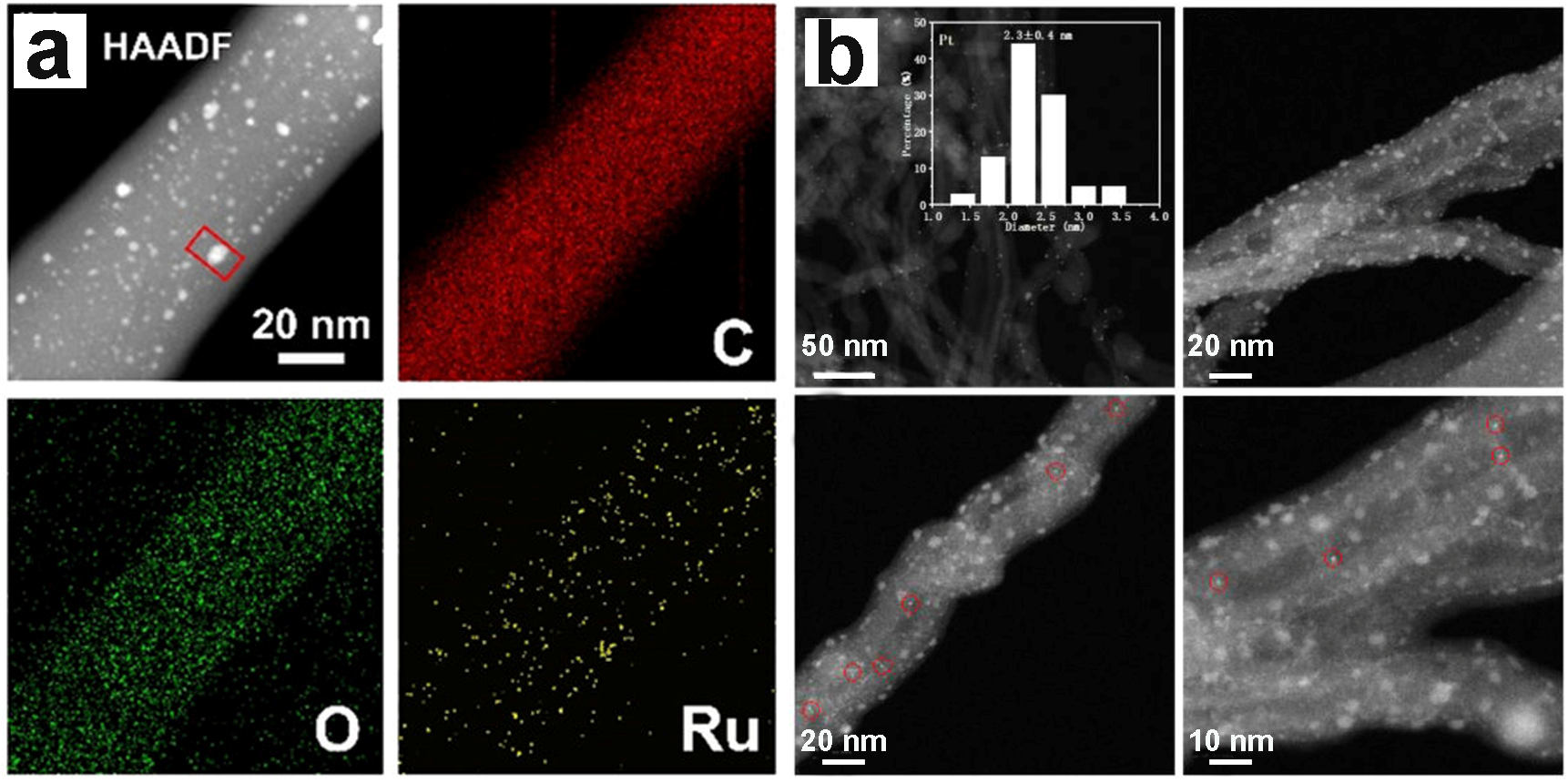Found 40 results
Open Access
Article
29 October 2025Material Analysis of CNT’s as Conductive Additive for NMC Lithium-Ion Polymer Batteries Cathode Electrode
Carbon nanotubes (CNTs) are promising conductive additives for lithium-ion polymer (LiPo) batteries. The performance of lithium metal oxide cathodes is highly dependent on the properties of the conductive carbon additive. This study investigates the advantages of CNTs over conventional carbon black for this application. Material properties, including hardness, tensile strength, thermal conductivity, and electrical resistivity, were analyzed and compared using Ansys Granta (CES EduPack 2024 R2) software. The results demonstrate that CNTs are superior in tensile strength (110 MPa), hardness (50 HV), and thermal conductivity (210 W/m·°C). These properties enhance the mechanical integrity of the CNT-based cathode composite, leading to improved battery performance. Furthermore, the electrochemical behavior of CNT/LiNi0.5Co0.2Mn0.3O2 composite cathodes was investigated, focusing on the carbon precursor (methane vs. natural gas) and CNT diameter. At a current rate of 3 °C, multi-walled carbon nanotubes (MWCNTs) derived from methane delivered a specific capacity 20 mAh/g higher than those derived from natural gas. This indicates that methane-derived MWCNTs exhibit superior electrochemical performance, which is attributed to reduced polarization and a higher discharge potential. The study also revealed that MWCNTs with a smaller diameter (30–50 nm) performed better at high charge/discharge rates, owing to a higher number of primary particles per unit mass. This analysis aids in understanding material selection and its implications for battery design and lifecycle. The findings serve as a reference for future research exploring the use of CNTs in advanced battery materials.
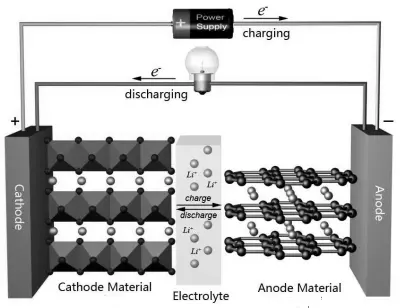
Open Access
Article
17 October 2025Bioenergy Technology and Carbon Intensity in U.S. and China: Threshold Roles of Capital Accumulation, Education and Inequality
Bioenergy technology holds significant promise for reducing carbon intensity and fostering sustainable development, yet its impact remains unclear. This article employs both a panel threshold model and a random forest model, analyzing data from the primary administrative regions in the United States and China to explore the threshold effects and regional heterogeneity of bioenergy technology on carbon intensity, where the bioenergy technology is measured using patent data. In the United States, the impact of bioenergy technology on carbon intensity initially shows a positive effect, which later turns negative as per capita capital stock increases. The technology’s inhibitory effect strengthens with higher levels of education but becomes insignificant as the Gini coefficient rises. In China, increasing per capita capital stock shifts the impact of bioenergy technology from negative to insignificant, while higher education levels enhance its inhibitory effect. The Gini coefficient, however, does not significantly affect the impact of technology. Additionally, these threshold effects exhibit notable regional variations. The study provides cross-country evidence of how institutional and structural conditions shape the carbon mitigation effects of bioenergy technology, offering practical insights for policies that combine trade facilitation, education, and inequality reduction with low-carbon energy transitions.

Open Access
Review
11 October 2025Evolutionary Game Theory for Sustainable Energy Systems: Strategic Bidding, Carbon Pricing, and Policy Optimization for Clean Energy Development
As the world transitions toward a low-carbon economy, carbon pricing mechanisms, including carbon taxes and emissions trading systems, have emerged as fundamental policy instruments for reducing greenhouse gas emissions, particularly within the electricity sector. This comprehensive review examines the impact of these mechanisms on energy market dynamics through the analytical framework of evolutionary game theory (EGT), modeling strategic interactions among power generation companies, renewable energy firms, and regulatory authorities. Our analysis demonstrates that carbon pricing systematically increases operational costs for fossil fuel-based power plants while simultaneously providing competitive advantages to renewable energy producers, accelerating the adoption of cleaner energy technologies. The study emphasizes the critical role of coordinated policy interventions, including subsidies, penalties, and green certificate systems, in facilitating the adoption of clean technologies and optimizing market transition pathways. These findings underscore the importance of well-designed policy frameworks that align economic incentives across all stakeholders to drive sustainable energy system transformation. Additionally, this research demonstrates how EGT can effectively model the strategic bidding behavior of energy firms, providing valuable insights for optimal decision-making under carbon pricing fluctuations. Through comprehensive case studies and simulation analysis, the paper illustrates how firms can leverage evolutionary strategies to optimize investments in clean technologies, enhance inter-firm cooperation, and stabilize market dynamics. This work further explores future research directions, particularly the integration of machine learning and real-time data analytics with EGT to enhance predictive capabilities and strategic decision-making processes. By establishing connections between EGT and real-world energy market dynamics, this study provides a robust analytical framework for understanding long-term behavioral trends in energy markets. The results contribute significantly to the interdisciplinary literature at the intersection of game theory, energy policy, and sustainability science, offering valuable insights for policymakers, researchers, and industry leaders advancing clean energy transition strategies.
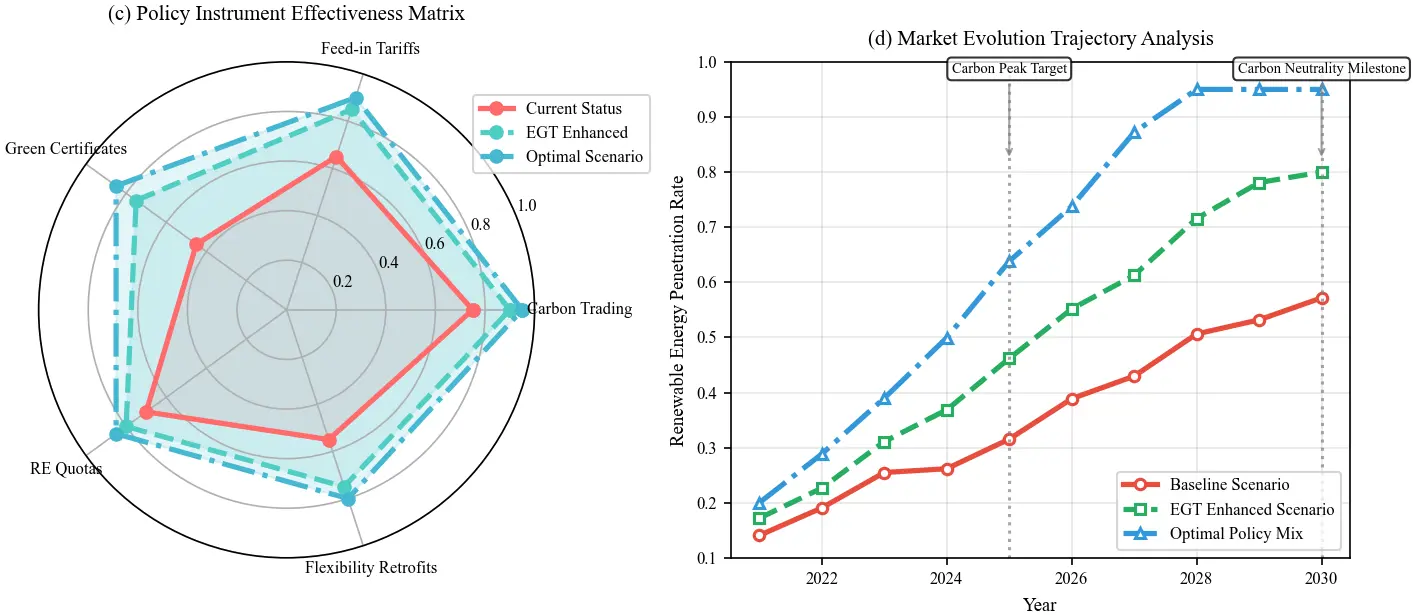
Open Access
Article
17 September 2025Carbon Emission Rights as a New Form of Usufructuary Right
The debate surrounding the legal nature of carbon emission rights arises from the tension between their dual characteristics of public and private law, which challenges traditional property rights theory. This tension has led to conflicts regarding the effectiveness of legal frameworks, fragmented regulations, and a crisis of institutional trust within the carbon market. Carbon emission rights should be redefined as a novel form of usufructuary right, with ecological capacity resources—owned by the state—serving as the object. These rights are realized through digitalization and specificity enabled by blockchain technology. Their powers and functions can be understood as twofold: the power of quota control, which falls under public law constraints, and the power of ecological benefits, which exists within private law autonomy. The former limits the boundaries of private rights by ecological thresholds, while the latter translates ecological value into non-possession benefits. To address these issues, a “two-stage governance” system can be established through a dynamic interpretation of Article 329 of the Civil Code of the People’s Republic of China (2020), creating a registration system and enacting specialized legislation for Carbon Emission Rights Trading. By conceptualizing carbon emission rights as a new type of usufructuary right, the contradictions between public and private law can be reconciled, enabling the transition of the carbon market from a policy-driven to a rights- and law-based operation.
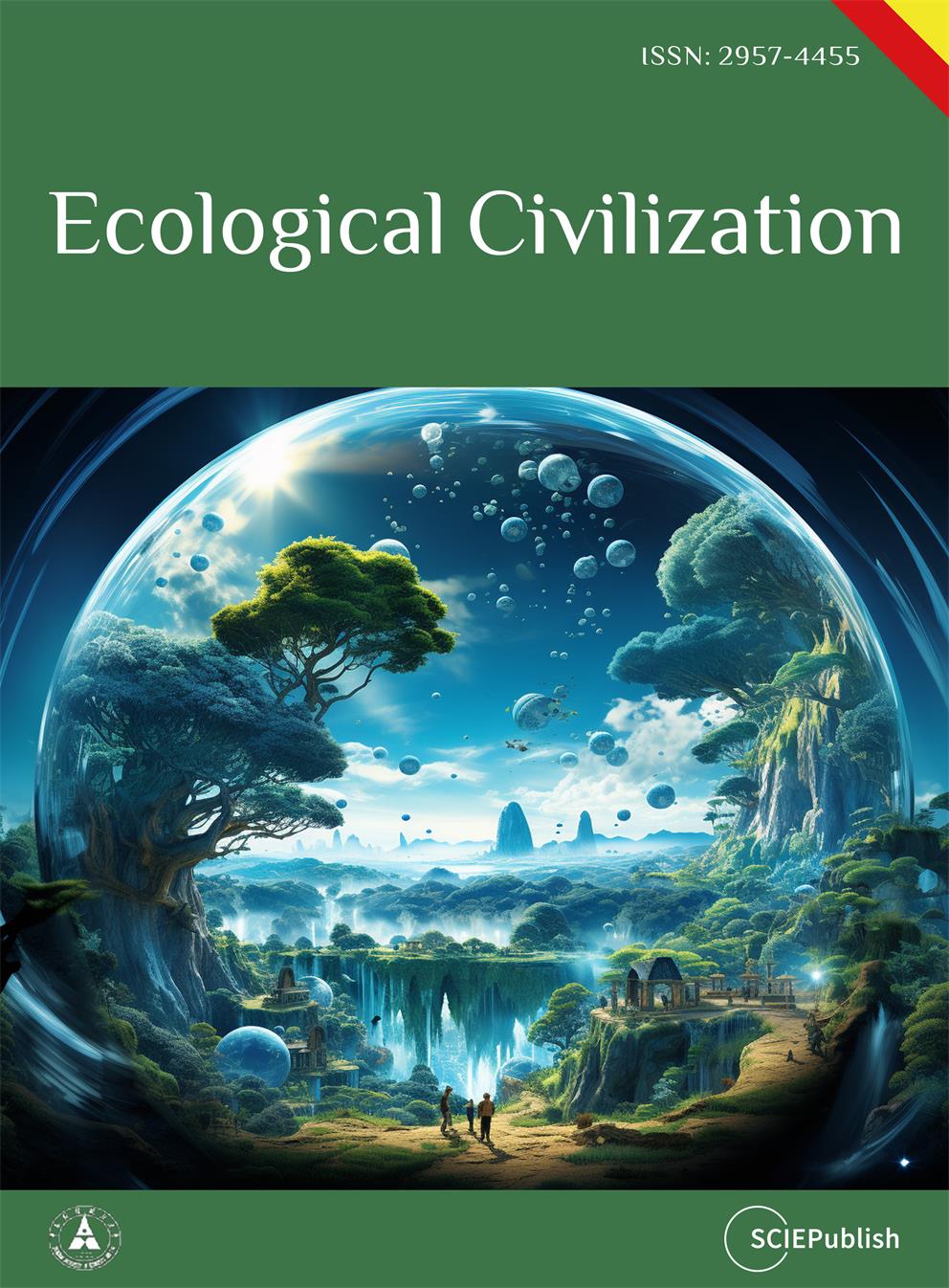
Open Access
Review
03 September 2025Defect Engineering in Carbon-Based Metal-Free Catalysts: Active Sites, Reduction Mechanisms, and 3D Architectures for Sustainable 4-Nitrophenol Reduction
Nitrophenols (NPs), classified as priority pollutants due to their significant toxicity, persistence, and bioaccumulation potential, pose severe threats to ecosystems and human health. Catalytic reduction, particularly the conversion of NPs like 4-nitrophenol (4-NP) to less toxic aminophenols using sodium borohydride (NaBH4), represents a promising remediation strategy. While conventional metal-based catalysts face limitations including high cost, poor durability, and potential metal leaching, carbon-based metal-free catalysts (C-MFCs) have emerged as highly efficient, sustainable, and cost-effective alternatives. However, the precise reaction mechanisms governing NP reduction over C-MFCs remain ambiguous, and significant debate surrounds the nature of the active sites and the structure-activity relationships dictating performance. This review systematically elucidates the catalytic sites and associated reduction mechanisms in C-MFCs. We comprehensively summarize design principles centered on defect engineering strategies, encompassing single-atom (N, S, B, P, O), dual-atom (B,N; N,S; N,P), and tri-atom (B,N,F; N,P,F) doping, alongside non-doping defects such as edge and pore defects. The critical structure-performance relationships linking these engineered active sites to catalytic activity (e.g., turnover frequency, TOF) are analyzed, integrating experimental evidence and theoretical insights. Furthermore, strategies for constructing three-dimensional architectures to enhance active site accessibility and catalyst stability are highlighted. This work provides fundamental insights to guide the rational design of next-generation high-performance C-MFCs for sustainable nitrophenol pollution control.
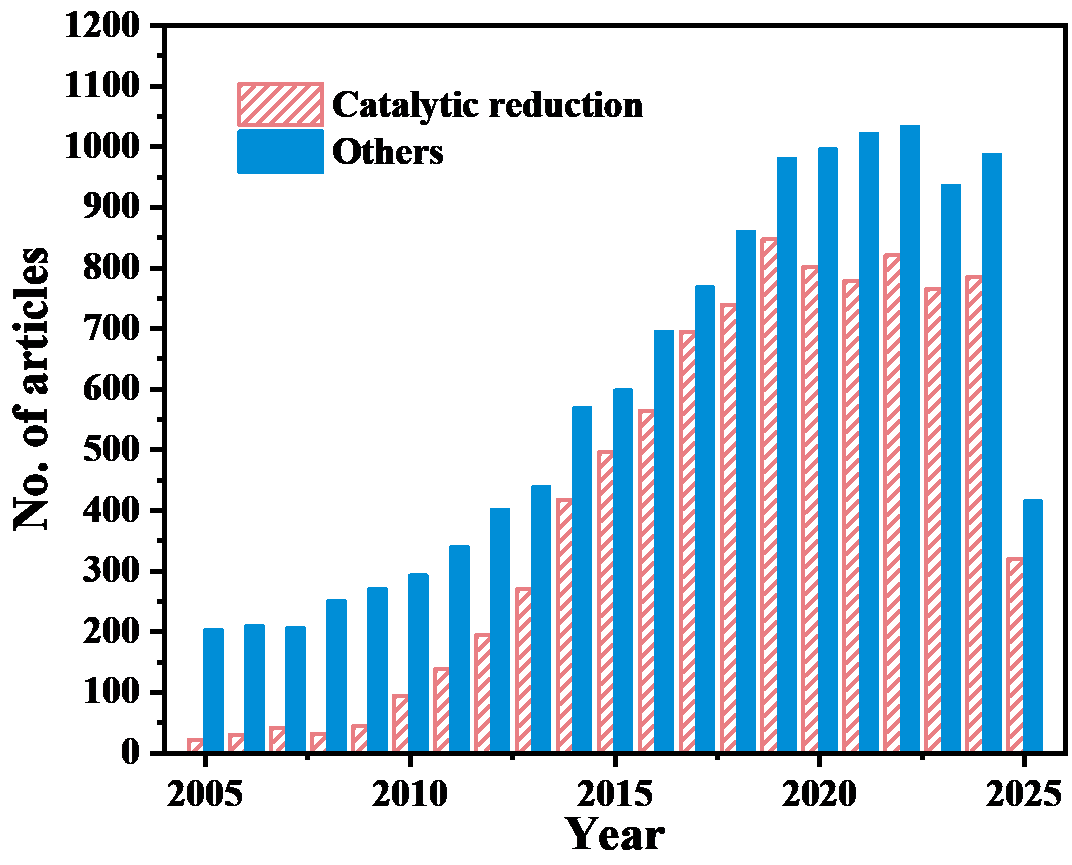
Open Access
Article
03 September 2025From Fossil to Future: Trade, Technology and Clean Energy Transitions in High-Impact Developing Economies
This study examines the impact of economic growth, renewable energy equipment imports, and energy use on CO2 emissions in seven developing countries over the period 2000–2021, employing second-generation panel estimators (Augmented Mean Group AMG, The Common Correlated Effects Mean Group CCEMG) that account for cross-sectional dependence and slope heterogeneity. Results show that economic growth and energy use significantly increase emissions, while renewable energy equipment imports display no direct or robust mitigating effect. This limited impact likely reflects adoption and integration challenges and the absence of complementary policies, underscoring the need for strategies that link imports to technology transfer and domestic manufacturing capacity. Granger causality tests indicate that growth and renewable energy imports drive emissions, highlighting the necessity for integrated green industrial policies, carbon pricing mechanisms, and sustainable finance instruments. These findings suggest that, for developing economies, achieving low-carbon growth requires a coordinated policy mix that aligns environmental objectives with economic development goals.
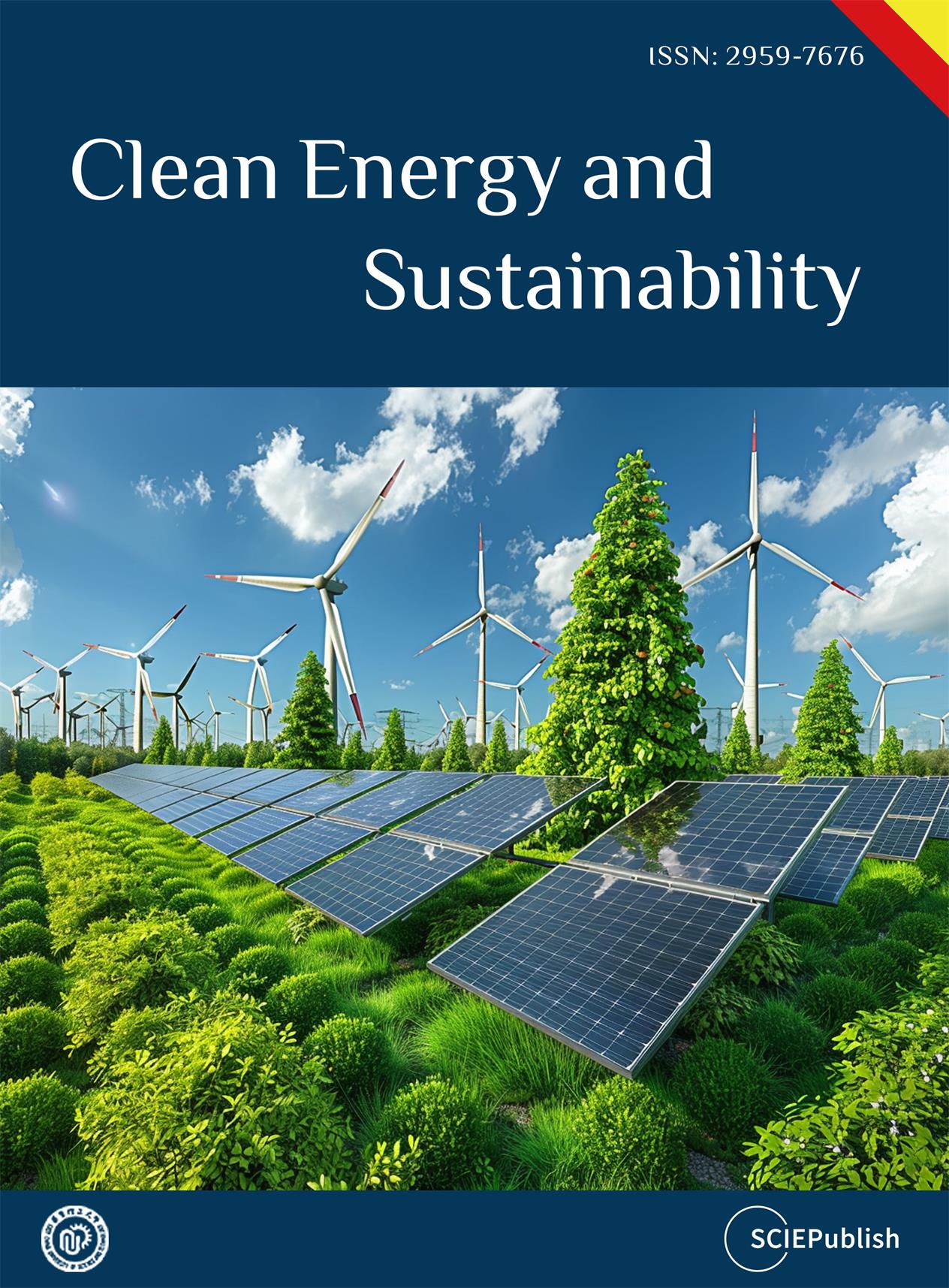
Open Access
Article
28 August 2025Initiation of Surface Processes by Resonance IR Laser Excitation—State and Perspectives
A possibility to initiate surface reactions by resonant IR laser radiation has been studied. Several systems have been tried, including those with linkage isomerism, such as CO bound to cations in zeolites, decomposition of adsorbed unstable molecules like ozone or HN3, reactions of vibrationally excited molecules with coadsorbed species, or the effect of resonance excitation of hydroazide acid HN3 upon its ability to induce the protonation of dimethylpyridine adsorbed on silanol groups of silica. In almost all the experiments, the changes caused by irradiation were weak, and isotopic selectivity was rather poor. The choice of systems and possible ways to improve their characteristics are discussed as well as the perspectives of their usage for isotope separation or other practical tasks.

Open Access
Case Report
22 August 2025Root Cause Identification of Vibration and Wear Due to Strainer Obstruction in Hydrocarbon Processing Compressors
This study examines the root causes of vibration and wear in centrifugal compressors, particularly emphasising strainer obstruction in hydrocarbon processing environments. Strainer fouling is primarily driven by deposits from inlet gas compositions and deviations in operating conditions, which restrict flow, increase vibration, and accelerate component degradation. A combined methodology was applied to investigate these issues, including baroscopic inspection of compressor internals, chemical analysis of deposited materials, and evaluation of operational records against design specifications. Maintenance histories and strainer cleaning frequencies were also reviewed to establish links between performance decline and operating practices. The findings show that chemical cleaning is the most effective and cost-efficient solution, outperforming high-pressure water jet cleaning and full compressor overhauls by minimising downtime, restoring flow dynamics, and improving mechanical stability. Successful implementation across multiple compressors confirmed its scalability and reliability. This research validates chemical cleaning as a preferred maintenance strategy, delivering significant operational and economic benefits while extending compressor service life.

Open Access
Article
18 August 2025Ethanothermal Synthesis of Dual Emissive Supramolecular Carbon Dots from Naphthalenediol and Quinones with Aggregate Tuned Fluorescence
Carbon dots (CDs) have attracted considerable interest due to their unique photoluminescence and broad potential in sensing, bioimaging, and optoelectronics. However, precise control of their emission properties through molecular design and understanding of supramolecular aggregation remain challenging. Here, nitrogen-doped carbon dots (H-CDs) with green fluorescence are synthesized via an ethanol-mediated solvothermal method using 1,3-dihydroxynaphthalene as a rigid π-conjugated carbon source and 2,3-dichloro-5,6-dicyano-p-benzoquinone (DDQ) as both oxidant and nitrogen donor. The synthesis involves complex molecular transformations yielding amorphous supramolecular carbon dots stabilized mainly by noncovalent interactions. Characterization confirmed abundant oxygen- and nitrogen-containing functional groups and an amorphous structure devoid of crystalline residues. Hierarchical H-type aggregation driven by π-π stacking and hydrogen bonding governs the photophysical behavior of the H-CDs, inducing a concentration-dependent evolution from blue-emitting monomers to green-emitting supra-CDs, accompanied by particle growth, red-shifts in the emission spectrum, and a pronounced elongation of the fluorescence lifetime. Temperature- and salt-dependent studies reveal that emission intensity increases with rising temperature and low ionic strength, due to distorted H′-aggregates with weak excitonic coupling and electrostatic screening of surface charges. These insights deepen the understanding of structure-property relationships in carbon dots and offer guidance for tailoring their photophysical properties for advanced optoelectronic applications.

Open Access
Review
07 August 2025Progress in the Study of Transition Metal-Based Carbon Nanotube Composites for Electrochemical Hydrogen Evolution
Hydrogen is an efficient, clean, and economical energy source, primarily due to its remarkably high energy density. Electrolytic water is considered an attractive and feasible method for hydrogen production. The high cost and scarcity of traditional Pt-based catalysts limit their large-scale application. Transition metals (TMs)-based composites, particularly those integrated with carbon nanotubes (CNTs), have emerged as promising alternatives due to their high conductivity, surface area, and ability to enhance the catalytic properties of TMs. Currently, there is no systematic summary of TMs-based CNTs composites for electrochemical hydrogen evolution reaction (HER). In this review, the main synthesis methods, including the wet chemical method, chemical vapor deposition, and electrochemical techniques, were first summarized. Then, the latest advancements of TMs/CNTs composites, focusing on their structure, electronic properties and superior HER catalytic performance, were systematically discussed. The catalytic mechanisms are meticulously examined, with particular emphasis on the pivotal role of CNTs in enhancing charge transfer and stabilizing metal nanoparticles. Finally, this review addresses the current challenges and future development directions for HER catalysts.
